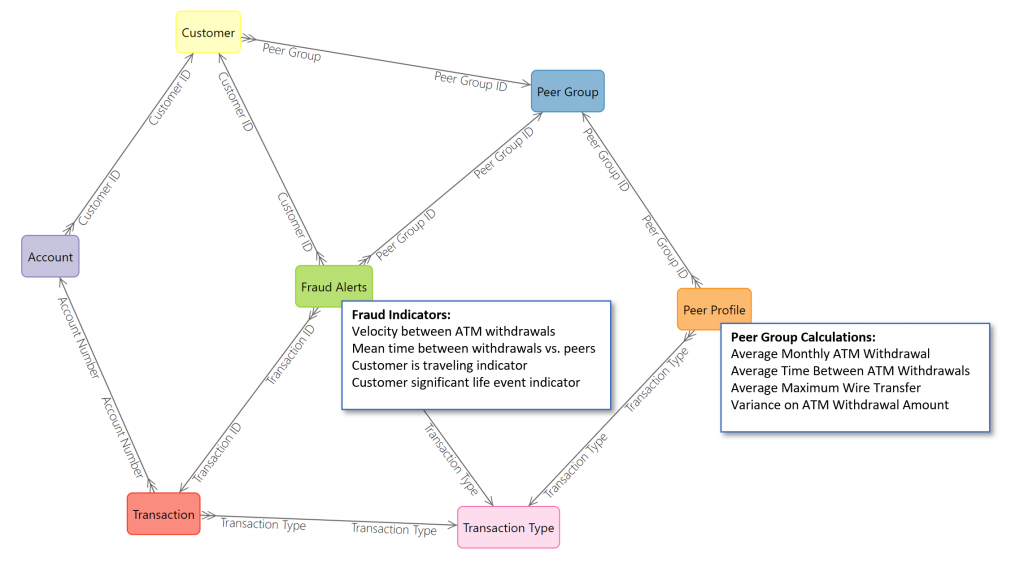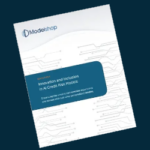There is a recent resurgence in no code software platforms that promise to build applications an order of magnitude faster than traditional software tools. This is not the first time this trend has swept through the industry. Teams frustrated with a highly repetitive and fragile software development life cycle are constantly looking to speed their time to market, reduce development costs and increase software quality. Today’s no code frameworks promise all three.
No code’s checkered past
There are no code skeptics who have lived through past attempts that include 4GL, Case Tools and business rules management systems. The challenge with replacing code with visual development tools became obvious once users attempted to build realistic applications. Those early attempts at no code simply were not flexible enough to handle the nuances of real-world business requirements. This was especially true in the case of the ‘unhappy path’. The unhappy path describes all the ways a process can go wrong. Non developers may be surprised to learn that software teams often spend more time coding to handle the unhappy paths than they do coding for expected behavior (the happy path). The proliferation of unhappy paths in any enterprise class business process soon explodes in complexity and it is one of the main reasons no code tools fell short of expectations.
The ongoing challenge of computational complexity
So far, no code platforms have been suitable for simpler business processes that do not require significant logic or computation. Even then, applications developed using many no code solutions can struggle when handling exception behavior, or the unhappy paths. At the heart of this problem is the inability of most no code tools to handle computational sophistication. In enterprise applications, possible execution paths multiply and the business logic around handling edge-cases increases. The workflow paradigm driving most no code tools means each path must be defined to handle this complexity. With thousands of possible permutations of unhappy paths, this becomes virtually impossible and the result is a fragile or incomplete application experience. While there are a handful of emerging no code vendors who claim they can deliver enterprise class software, most cannot support the computational depth needed to completely automate complex enterprise applications. Think about the logic complexity of a typical financial model used to calculate profit and loss. It involves thousands of calculations, multiple scenarios and forward-looking projections that are too complex to be created in most drag-and-drop no code tools. Financial calculations are just one example of the types of logic an enterprise class application might need to handle, but there are unlimited computationally sophisticated business applications across industries including financial services, healthcare, retail and transportation.
Ontologies and model-first no code tools
There is a new approach to no code designed to handle computationally complex applications. Instead of following a traditional workflow/form development process, these tools first model ontologies that capture data relationships as well as calculations and rules that define the business process. Ontologies are models where the logic that defines how a business process should behave are codified as a series of data relationships (acyclic directed graphs), calculations and business rules that govern the application’s behavior. For example, an ontology that describes the interrelationships between a banking customer, their accounts, the transactions they conduct and the types of transactions other customers like them typically conduct can all be defined as part of the ontology of a fraud detection application. The example below is very simplistic compared to real ontologies, which often involve dozens of entities and thousands of logical relationships.

By starting with an ontology, no code application designers can describe all the possible behavioral paths, including ‘unhappy paths’ and ensure they are handled effectively. This new breed of ontology modeling tool empowers application designers to manage hundreds of data relationships, thousands of calculations, rules and event triggers all without the exploding complexity common in traditional workflow-first no code platforms. By focusing on getting the underlying business model right up front, the resulting business process and forms become simpler and more robust. Model-first applications can be deployed as run-time services that add intelligence to existing applications, or they can be connected to user interfaces to deliver computationally robust business applications. The resulting applications are both less fragile and more adaptive than traditional workflow-first no code applications.
No code ontologies are the precursor to true AI
This model-first approach to application development is the missing capability that has caused prior generations of no code technologies to fail and current tools like Robotic Process Automation to be overly fragile. As our application modeling tools become more powerful and easier to use, a new generation of developer will begin to emerge who have the right blend of business model understanding and technical creativity needed to build increasingly powerful and innovative software solutions, all without writing a single line of code. As this happens, our applications will be smarter, will evolve faster and will become the basis for adaptive, intelligent applications that deliver on the promise of artificial intelligence.
About Modelshop
Modelshop is a platform for creating model driven applications without code. Modelshop has been used to create sophisticated analytic applications that make credit decisions, automate regulatory reporting, prevent fraud and optimize healthcare decisions.







